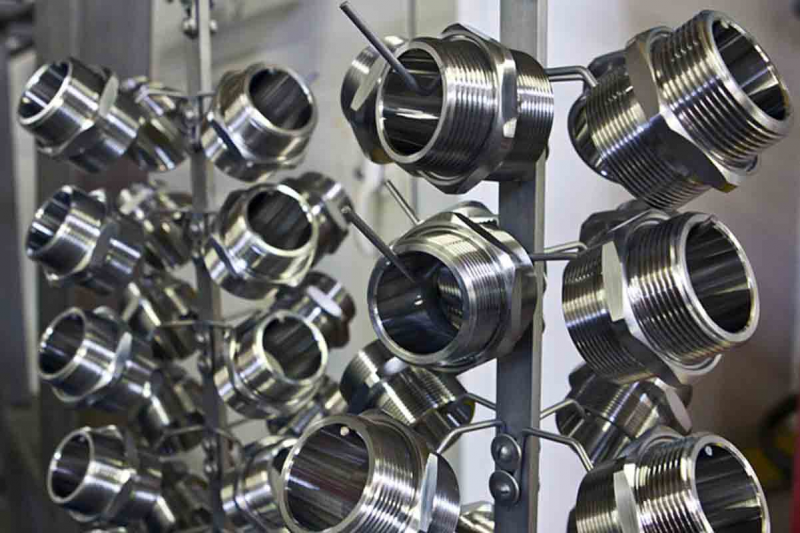Introduction to Chromium Plating
Chromium plating, commonly known as chrome plating or chromium finishing, is an electroplating process that produces a thin layer of chromium metal deposited on a surface to provide decorative finishing or protect the base metal from corrosion and wear. Traditionally, plating baths used hexavalent chromium or chromium (VI), which posed serious environmental and health concerns. However, trivalent chromium or chromium (III) plating has emerged as a safer and eco-friendly alternative over the past few decades.
Shift Towards Trivalent Chromium
Regulatory agencies like the Environmental Protection Agency (EPA) in the US have been restricting the use of hexavalent chromium due to its toxicity and carcinogenic nature. Extensive research showed that Cr(VI) is readily absorbed by inhalation or ingestion and poses long-term health risks like lung cancer if workers are exposed without proper protection over long periods. This led to a big push towards developing trivalent chromium plating technologies that are far less toxic and more environment-friendly. Trivalent chromium is not considered carcinogenic and does not penetrate human skin. Its availability as a safer replacement accelerated its adoption across many industries.
Advantages of Trivalent Chromium Plating
Some key advantages offered by Trivalent Chromium electroplating include:
- Environmental friendliness: Cr(III) plating produces minimal waste and hazardous byproducts. It can be treated and disposed of safely and as per environmental norms. This provides a "green" alternative over traditional Cr(VI) processes.
- Worker safety: The process does not require complex safety equipment and precautions needed for handling hexavalent chromium. It eliminates long-term health risks to workers.
- Thickness control: Trivalent chromium plating allows for precise control over coating thickness up to 5 microns. This ensures uniform, corrosion-resistant, and abrasion-resistant surfaces.
- Decorative attributes: It provides visually appealing bright chrome finishes with specular or satin luster. The finishes are amenable for various post-plating polishing and finishing options.
- Corrosion protection: Thin, uniform, and dense chromium coatings protect base metals effectively from oxidation and corrosion caused by various environmental agents.
Applications of Trivalent Chromium Plating
With the multitude of advantages, Cr(III) plating has found extensive applications across various manufacturing industries:
- Automotive: It is commonly used for plating automotive trim pieces, brightwork, wheel covers, and other exterior parts that require an attractive, corrosion-resistant finish.
- Appliances: Trivalent chromium plating enhances the aesthetic appeal and longevity of appliances like refrigerators, washing machines, microwaves etc. by protecting steel and aluminum exterior panels from wear and tear.
- Architectural hardware: Doorknobs, handlesets, kick plates and other architectural hardware benefit from the bright, scratch-resistant finishes provided by trivalent chrome coating.
- Industrial machinery: Agricultural, construction and heavy industrial equipment rely on Cr(III) plating to protect metal components from harsh, corrosive operating conditions and extend equipment life.
- Sanitary fittings: Bathroom and kitchen fixtures like faucets, shower components gain anti-microbial properties and resistance to water spotting from chromium coatings.
- Medical devices: Surgical and dental instruments, prosthetic implants favor trivalent chromium finishes for their inertness and biocompatibility.
Conclusion
With growing environmental awareness and stringent regulations, trivalent chromium plating has emerged as the preferred chromium finishing alternative across many end-use applications. Its non-toxic attributes, uniform coating qualities, versatility and performance advantages have accelerated its adoption over the carcinogenic hexavalent technology. As new advancements enhance process efficiency and eco-friendliness further, Cr(III) finishing is projected to gain wider use going forward.
Get More Insights On Trivalent Chromium Finishing
